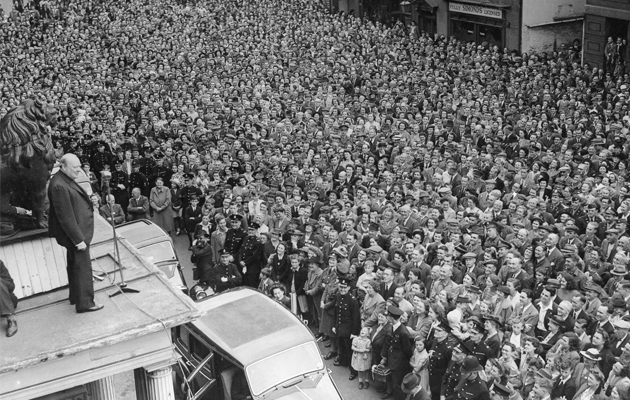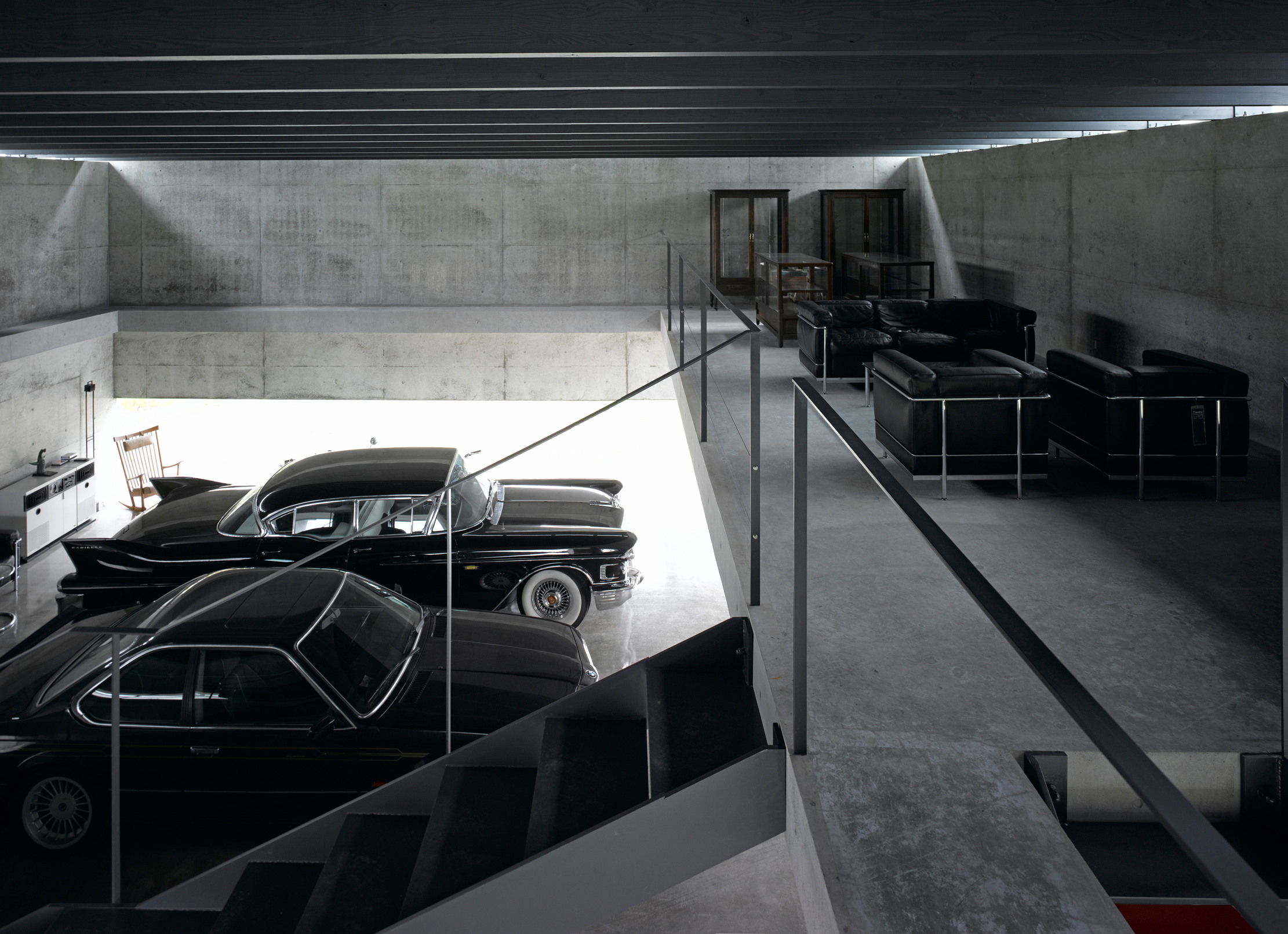6 famous rhetorical devices used by Winston Churchill
We reveal 6 of his most famous flourishes.


Churchill’s extraordinary speeches hinged on a series of Classical rhetorical devices. In an essay entitled The Scaffolding of Rhetoric, he described their use as ‘the subtle art of combining the various elements that separately mean nothing and collectively mean so much in an harmonious proportion is known to a very few’.
Here are a few of his most famous flourishes:
Anaphora The repetition of words or phrases at the start of a succession of clauses. ‘We shall fight on the beaches. We shall fight on the landing grounds. We shall fight in the fields, and in the streets, we shall fight in the hills. We shall never surrender’
Litotes Deliberate understatement. ‘Business carried on as usual during alterations on the map of Europe’
Antimetabole The repetition of words in successive clauses, but with their order transposed. ‘This is not the end. It is not even the beginning of the end. But it is, perhaps, the end of the beginning’
Paronomasia Using similar-sounding words or phrases. ‘To jaw-jaw is always better than to war-war’
Catachresis An arresting image that pushes the boundaries of ordinary usage. ‘...a new Dark Age made more sinister... by the lights of perverted science’
Sign up for the Country Life Newsletter
Exquisite houses, the beauty of Nature, and how to get the most from your life, straight to your inbox.
Epizeuxis Emphatic repetition. ‘...this is the lesson: never give in, never give in, never, never, never, never.
Country Life is unlike any other magazine: the only glossy weekly on the newsstand and the only magazine that has been guest-edited by HRH The King not once, but twice. It is a celebration of modern rural life and all its diverse joys and pleasures — that was first published in Queen Victoria's Diamond Jubilee year. Our eclectic mixture of witty and informative content — from the most up-to-date property news and commentary and a coveted glimpse inside some of the UK's best houses and gardens, to gardening, the arts and interior design, written by experts in their field — still cannot be found in print or online, anywhere else.
-
 Five beautiful homes, from a barn conversion to an island treasure, as seen in Country Life
Five beautiful homes, from a barn conversion to an island treasure, as seen in Country LifeOur pick of the best homes to come to the market via Country Life in recent days include a wonderful thatched home in Devon and a charming red-brick house with gardens that run down to the water's edge.
By Toby Keel Published
-
 Shark tanks, crocodile lagoons, laser defences, and a subterranean shooting gallery — nothing is impossible when making the ultimate garage
Shark tanks, crocodile lagoons, laser defences, and a subterranean shooting gallery — nothing is impossible when making the ultimate garageTo collectors, cars are more than just transport — they are works of art. And the buildings used to store them are starting to resemble galleries.
By Adam Hay-Nicholls Published